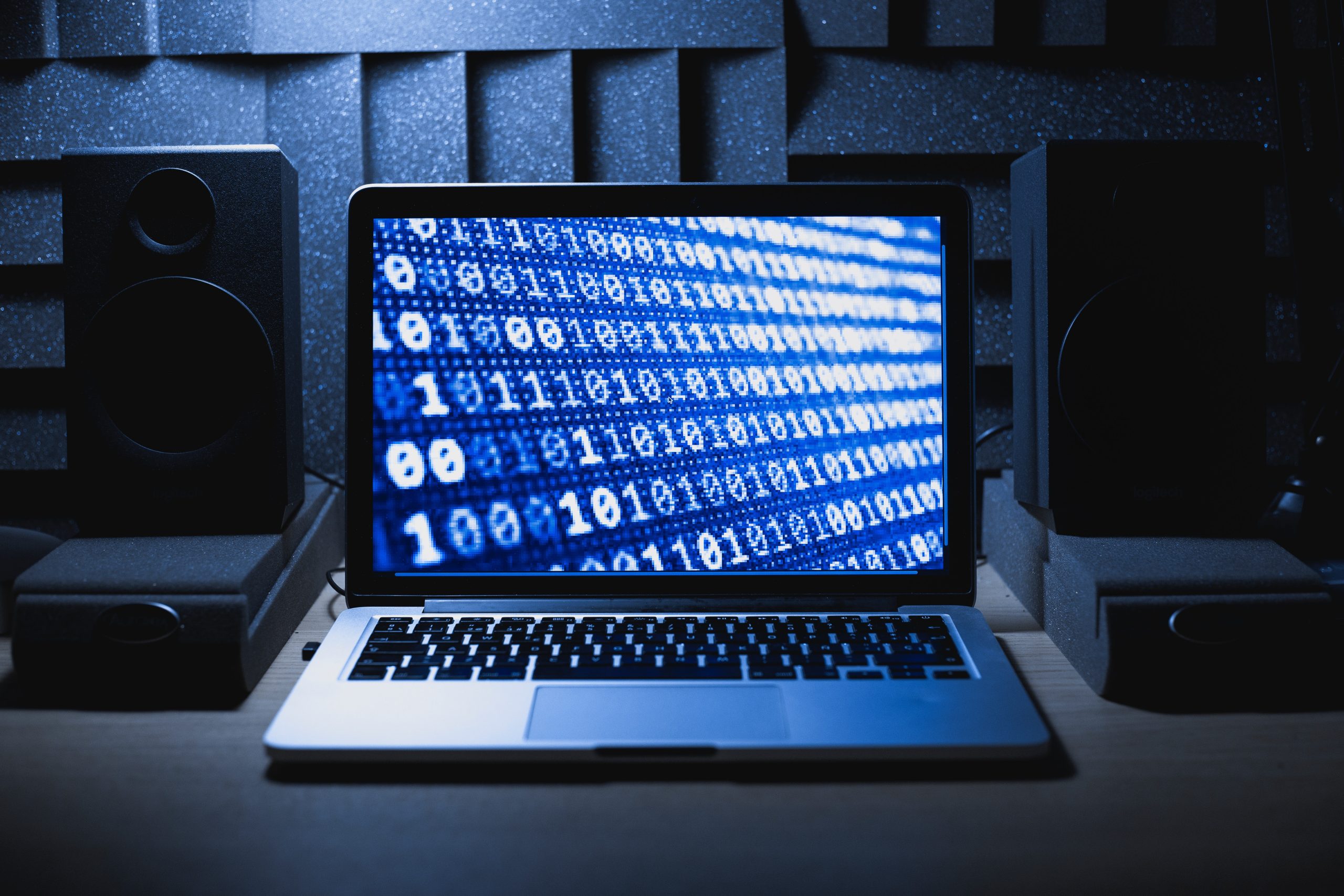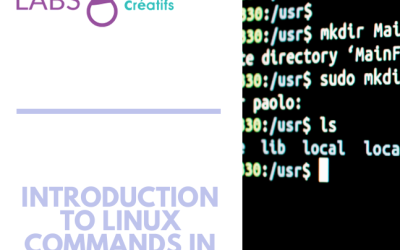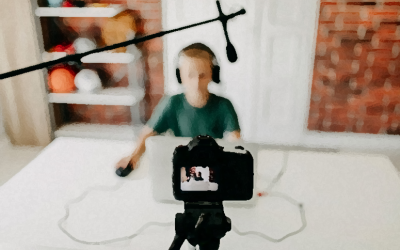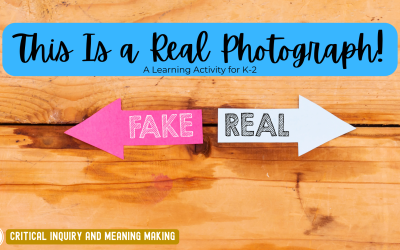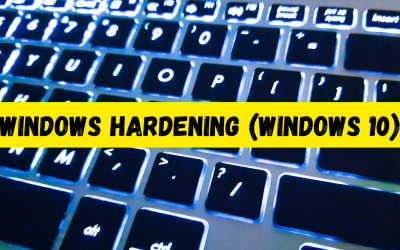Overview
What if everyone could communicate with code? Calligraphy is a visual art related to writing. Binary is a two-symbol language related to coding which is sometimes called machine language. It is the base of all programming languages that programmers use. What if coding languages could be used to create art? To express and inspire a change we want to see in the world?
NB Curricular Connections
Visual Arts (3-5)
Strand: Create, Big Idea: Application and Product
What You’ll Need
- Review the tutorial video
- Download the Binary Code Key
- Graph paper
- Colored pencils or markers
- Tape
Instructions
- Binary: relating to, using, or expressed in a system of numerical notation that has 2 rather than 10 as a base.
- Call to make: What if we could share a meaningful message related to the United Nations SGDs using an artistic form of code? Binary code uses the digits of 0 and 1 (binary numbers) to represent computer instructions or text. What if we could take the 0 and 1s and turn them into calligraphy art?
- Empathize: Is your message one that your friends and family share? How can we phrase a message so that others understand and appreciate the topic? Are important messages better understood if they are short or have more details? How can we be inclusive? How can we be socially and culturally sensitive and aware of other’s values and feelings?
- Define: How did you decide which SDG to choose for your message? Did you choose one or two words or a sentence? When converting your message from words to binary code did you change your message to change the overall design of the calligraphy? Think of your target audience. Who is this message for? Will they need a key to decode this message? Did you notice any patterns as you created your binary design?
- Ideate: What message would you want to share with everyone to spark a change related to the SDG goal of your choice? Where and how will you share this message? Is there a shape that connects with your message? Where on the paper will you begin writing your code? How will you arrange your code visually? What patterns or shapes will you create?
- Prototype: Choose a place on the paper where you want to begin your binary code. Using the reference sheet, you can start sketching in binary. You can begin with a letter, then move on with a word, sentence, and more.
- You can go horizontal or vertical. If you run out of paper, attach another paper with tape, and keep going till you complete coding your message.
- Test: How does the message look? Did you get the desired pattern? Share your calligraphy with your family members along with the reference sheet. Seek their feedback. Refine your work by rearranging and regenerating the code.
- Cross-Curricular Thinking:
Math: If you were to scale your binary calligraphy what would you do? How will you measure the canvas? The Binary Number System is a form of counting that only uses the numbers 1 and 0. In a binary number each “place” represents a power of 2. For example: 1 = 20 = 1 10 = 21 = 2 Can you complete the following sequence? 100 = 22 = _______ 1000 = 23 = _______ 10000 = 24 =_______ 100000 = 25=______
Science: Binary codes carry information, our DNA carries our biological information in the form of a code. How can understanding computers help us understand ourselves? What are some similarities and differences between computer codes and biological codes?
Visual Arts: Let’s make ASCII art. ASCII is a picture created by characters from the alphabet. There are specific codes for each letter. Create your own art piece.
Language Arts: A haiku is a poem with three lines; the first line has five syllables, the second line will have seven syllables, and the last line will have five syllables. Create a haiku with binary calligraphy to share a message about change. Creating a binary calligraphy mosaic is a form of visual poetry. There are many different forms of visual poetry. Research one that interests you and recreate your poem – or create a new one – in that style.
Music: Binary can be used to create music. You can find examples on the web. Find a piece of classical music that is based on binary composition.
Physical Education: Create a physical activity that includes binary expression.
Social Studies: Research the history of the binary number system. What was the system used for? What is it used for today?
Health: How can we use code to encourage positive habits among people?
Extension Ideas
Other codes that have been used in history are: Braille and Morse Code have been important parts of history. Create a morse code accessory that expands on your chosen SDG message or includes the SDG number and/or title.
Reflection Activities
Please see the attached PDF for several choices on how you and your learners can reflect upon today’s activity.
